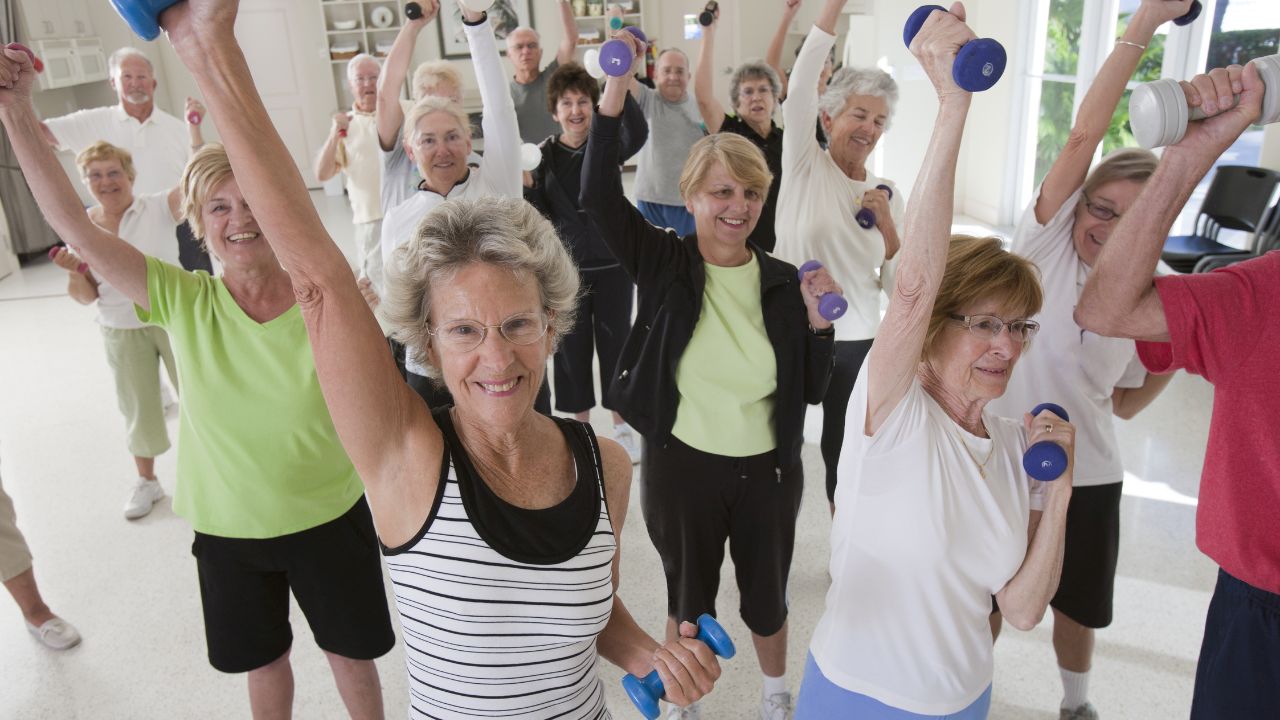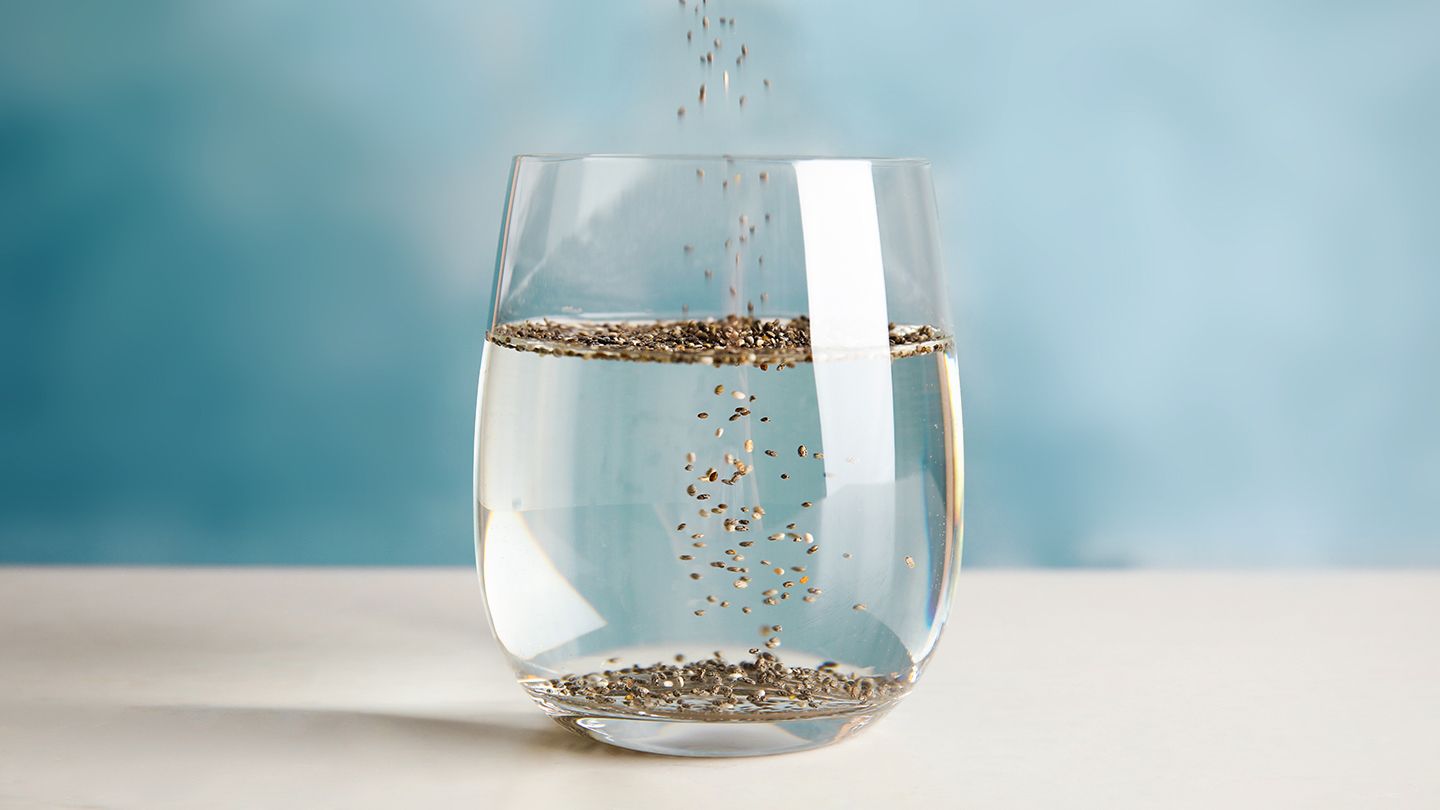
There are many factors to consider when creating a diabetes diet plan. Here are some tips. These foods have high fiber content and are low in the glycemicindex. They are also an excellent source of plant protein. It is also possible to prepare a meal at-home for convenience. Keep reading for more information and tips. Soon you will be eating right and losing weight quickly!
Low-glycemic food index
Depending on the type and amount of carbohydrates, low GI meals may have a higher glycemic Index than other food options. For example, boiled potatoes have a higher glycemic index than mashed potatoes, and fruit juice has a higher GI than whole fruit. It is also important to remember that protein-based foods have a lower GI.

High fiber foods
High fiber foods are important for controlling blood sugar and hunger. Fiber is easier than taking supplements and has many health benefits. Cauliflower is one example of a diabet-friendly food. Cauliflower provides 2.1g fiber per cup. You can also make it into a crust for pizza or side dishes to reap all the health benefits of high-fiber foods.
Protein from plants
You should consider including plant-based, high-quality protein in your diet to ensure you get enough. This type of protein is high in fiber, antioxidants, and omega-3 fatty acids. You can include nuts and seeds in your diet, but be sure to check the labels to ensure that they contain the right amounts of protein. Tree nuts include almonds, cashews, and pecans. There are many seeds you can include in your diet, including hemp, sesame, chia and sesame.
Home-cooked meals
Harvard University researchers found that cooking more at home helps lower the risk of Type 2 diabetics. A busy lifestyle has resulted in families opting for takeout or eating out more frequently. The study does show that the time spent in the kitchen has decreased by 30% over the past 50 year. It also suggests that diabetics should focus more on nonstarchy vegetables, fruits, and lean protein.
Avoid glazed or fried foods
Diabetic diets require that you avoid eating greasy or fattening food. A simple guide to finding the right balance is a handy reference for diabetics. It also includes food terms such as trans-fat and high-fat. For more information, you can read Diabetes For Dummies (Dr. Alan L. Rubin) or talk to a dietitian. You may have to modify some recommendations to account for high blood sugar or a low sugar level. If you want to keep on track, it is important to learn healthy cooking tips as well as the best foods for diabetes.

Carbohydrate counting
A good way to improve blood glucose control is by carbohydrate-counting on your diabetes diet menu. Carbohydrate counting is an approach that focuses on keeping the total carbohydrate intake of each meal the same, so you can better control your glucose levels. This method was popularized by the American Diabetes Association in 1994 after it removed a ban from sugar-containing foods and changed its dietary guidelines. This new approach was focused on total carbohydrate intake, and customized meal plans for patients.
FAQ
Is there a difference in intermittent fasting and calorie restrictions?
Calorie restriction is a way to eat less than your body needs. Intermittent fasting differs from other types of intermittent fasting in that it does not restrict calories. Intermittent fasting focuses more on eating fewer calories every day.
Intermittent fasting is more effective because it allows you to enjoy foods you love without feeling guilty.
Both methods have their merits and weaknesses. Therefore, you need to decide whether you prefer one method over another.
How much weight can you lose in one week?
Your current bodyfat percentage determines the amount of weight you will be able to lose. To begin, you need to determine how much weight that you would like to lose. Next, find your BMI (Body Mass Index). Your BMI is a measure of how much weight you need to lose. If your BMI is 25 or greater, you're overweight. If your BMI falls below 30 you are considered obese.
For example, let's say you have a BMI of 28.7 and are 200 pounds. To get to a healthy weight range, you'd need 70 pounds of weight loss. To see if you're overweight, visit www.healthyminds.com/bmi/.
Once you have your BMI, you are able to use this formula for calculating how many pounds each week you will lose.
(Your Goal Weight - Current Weight)/BMI * 7 Number Of Pounds Lost Per Week
For 50 pounds to be lost in one month, it would take 2 weeks of exercise. 56 days is equivalent to 7 pounds per day. This equates to an average of 8.3lbs per week.
You could also try this calculator from www.weightlosscalculator.net. This calculator gives you an estimate of how many calories are needed to lose 1 pound per day.
What foods will help me lose weight more quickly?
Eating fewer calories can help you lose weight faster. There are two ways to do this:
-
Reduce the amount of calories you consume daily.
-
Get more exercise to increase your metabolism.
It's not difficult to cut down on the amount of calories you eat. There are calorie-laden fast food options all around us. Here's a list that will help you lose weight.
-
Beans are rich sources of fiber, protein, and other nutrients. Beans are low in fat and therefore a great choice for those who are trying to cut down on their caloric intake.
-
Oatmeal has low calories, but high levels of nutrients such as magnesium and potassium. Oatmeal also contains less sugar that other cereals.
-
Eggs contain high levels of protein and cholesterol. Eating eggs at least twice a week can increase your metabolism, which helps you burn more calories.
-
Whole grain bread may help you feel fuller, longer.
-
Dark chocolate is full of antioxidants. Flavonoids have been linked to lower blood sugar and improved heart health.
-
Cottage cheese is high in calcium, which helps to build strong bones. Cottage cheese also contains vitamin D, which can boost immunity.
-
Salmon is packed with omega-3 fatty acids, which promote brain development and improve cardiovascular function.
-
Green tea contains a lot of catechins. These are compounds that can fight cancer and improve metabolism.
-
Broccoli is a great source of folic acid, which reduces homocysteine levels in the blood. Homocysteine levels that are high have been linked to increased risks of heart disease and stroke.
-
Yogurt is an excellent way to include probiotics in your diet without adding sugars. Probiotics can help improve digestive health.
-
Berries are a tasty snack that is also nutritious. There are many great sources of vitamins, minerals in blueberries, strawberries, blackberries and raspberries.
-
Avocados are bursting with healthy fats. A half avocado contains 80 calories and plenty of fiber.
-
Nuts are delicious snacks that also provide a lot of protein. There are many great options for nuts, including cashews and hazelnuts as well as walnuts, pecans, hazelnuts and hazelnuts.
-
Sweet potatoes are another starchy root vegetable rich in beta carotene. It makes your skin shine. Because they have higher levels of beta carotene, the orange sweet potatoes are more beneficial than regular sweet potatoes.
Statistics
- It's estimated that half of all American adults attempt to lose weight every year (1Trusted (healthline.com)
- Another study found that 24 weeks of weight training led to a 9% increase in metabolic rate among men, which equated to burning approximately 140 more calories per day. (healthline.com)
- According to a study sponsored by the American Council on Exercise, a person weighing around 140 pounds (64 kg) would burn 108 calories at a 30-minute beginner's Pilates class or 168 calories at an advanced class of the same duration (26). (healthline.com)
- One 6-month study showed that simply doing 11 minutes of strength-based exercises 3 times per week resulted in a 7.4% increase in metabolic rate, on average. (healthline.com)
External Links
How To
How to Lose Weight Fast Without Exercise
The best way to lose weight fast without exercise is to eat fewer calories than you burn. This will allow your body to begin burning stored fat for energy. Your body will reduce the amount of calories you eat and begin to use that energy to make muscle tissue, leading to some muscle reduction. If you don't exercise while dieting, you can still lose weight. But you will probably lose even more.
To lose weight quickly and without exercising, you need to cut down on your calorie intake. While many people believe they need to cut back on their food intake, it is not the truth. To lose weight, you need to ensure that you are consuming fewer calories than your body is burning. What should you eat daily? It all depends on what activity you do daily. For example, someone who walks 3 miles daily would only need around 2,500 calories daily. One who sits at the desk all day would require 1,600 calories daily. A person who exercises frequently (like lifting weights), would only need about 1,600 calories per day.
When you want lose weight, it is important to cut down on your caloric intake. Many people think that they should eat less food because they feel like they're starving themselves. This is not true. Your body doesn't care if your hunger pangs are gone or not. It just wants to be healthy. To get rid of extra pounds, you need to keep track of your calorie consumption. You can monitor your calorie intake with many online apps. MyFitnessPal (Calorie Counter), and LoseIt are just a few of the many apps available online.